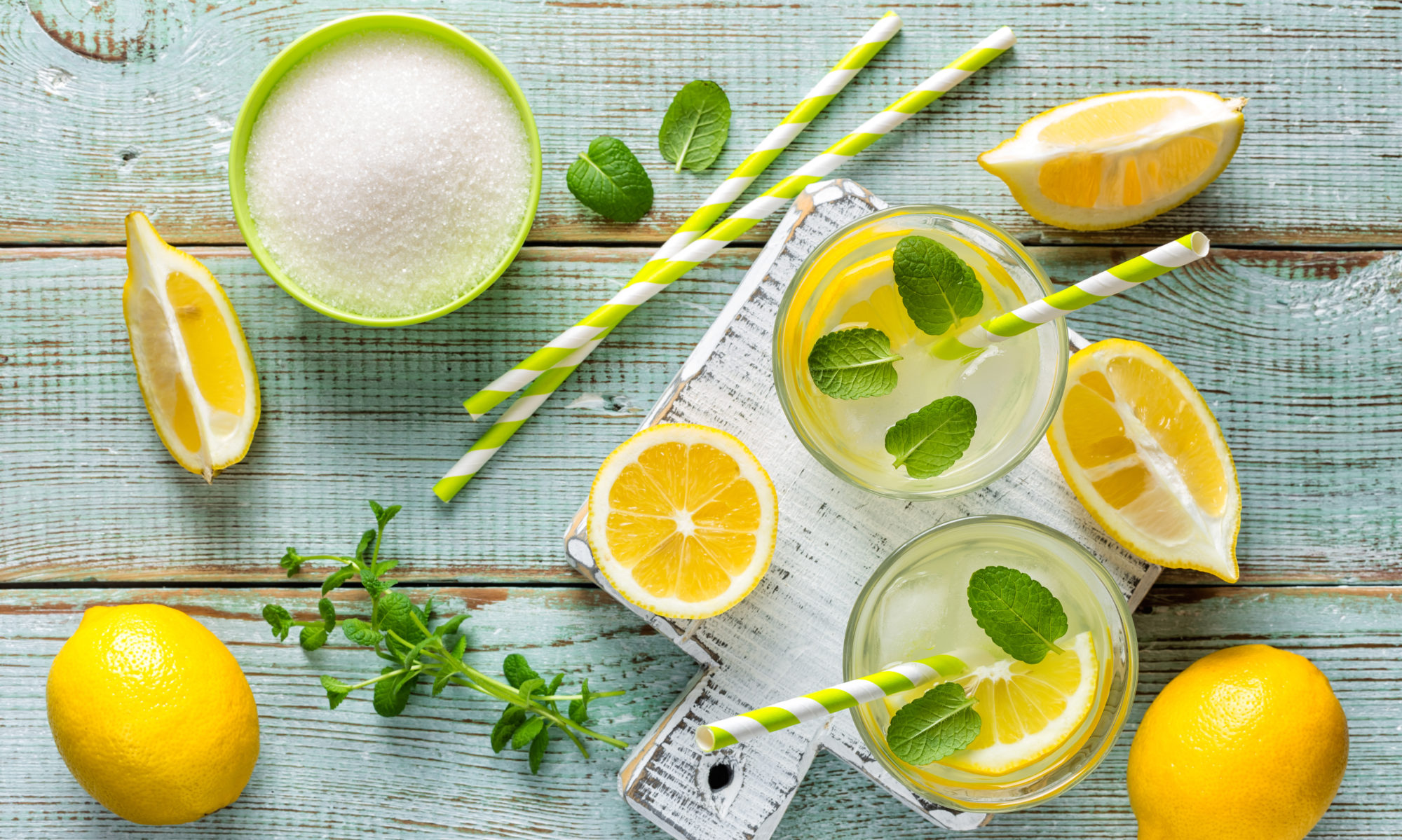
Fiber is an essential component of the human diet that provides many health benefits, including digestive health and weight management. Fiber is sometimes called “roughage”, and refers to a type of carbohydrate found in fruits, vegetables, and whole grains that are not digested by the body. The recommended daily fiber intake is 14 grams of fiber per 1000 calories or approximately 25 grams for women and 38 grams for men. Despite this, the average intake of fiber in the US is only 16 grams per day.
Fruits, vegetables, grains, and cereals are common sources of fiber. Using whole-grain products instead of refined-grain products is one way to increase daily fiber intake without drastically changing your habits. However, some high fiber grains and grain products require different cooking techniques than their low fiber counterparts for successful preparation. Use the following tips to help incorporate more fiber into your diet without changing your meals or compromising taste.
Pasta
Whole-grain pasta and white pasta with added fiber contain about 5-6 grams of fiber per 2 ounces serving, or 20 percent of recommended daily fiber intake.
If you are having trouble making the switch to whole-grain, start by cooking a 50/50 mix of white and wheat pasta. White and wheat pasta with similar cooking times can be prepared together for convenience. Another way to ease the transition to whole-grain pasta is to start with one made with a white/wheat flour blend or a “smart” pasta with added fiber. These pastas are similar in texture and flavor to white pasta but are higher in fiber and often in other nutrients as well.
Cooking Tips:
White pasta with added fiber cooks similarly to traditional pastas. However, whole-grain pasta can become chewy if overcooked. To avoid this common pitfall, check the pasta 2-3 minutes before the end of the box’s suggested cooking time by rinsing a piece with cold water and biting into it. Continue to test the pasta in 15-20 second intervals until it is firm, not crunchy, to the bite.
Preparation Tips:
If serving immediately, quickly incorporate the pasta into your sauce of choice. This artichoke-tomato sauce or veggie-laden pasta salad are other ways to increase the fiber content of your meal.
To store any pasta not being served immediately, rinse the noodles and mix with a small amount of olive oil to prevent sticking.
Rice
The wide variety of rice types allows for differences in taste, cooking time and texture that can offer variety to a number of recipes. Long-grain rice has a mild, slightly nutty flavor and cooks to a firm, fluffy texture that is especially good in pilafs, rice salads, and as a bed for vegetable and bean dishes. Popular varieties include Basmati and Jasmine rice. Medium-grain rice is sweeter, tender, and has a fluffy texture that is well- suited for use in paella, casseroles, and sushi. Short-grain rice has smaller, rounder kernels and a denser and chewier texture, making this rice perfect for rice pudding, risotto, and baked goods.
Regardless of the grain size, brown rice contains more fiber than white rice with about 3-4 grams of fiber per 1 cup serving, or 12 percent of daily recommended intake. The reason brown rice has a higher content of fiber is because each kernel is covered by bran, the fiber- and nutrient-rich outer layer of grain.
Cooking Tips:
Brown rice takes longer to cook and requires a different water-to-rice ratio compared to the white version of the same rice, and is best cooked in in a wide, shallow pot with a tight-fitting lid to ensure evenly cooked grains.
Begin checking the rice about 10 minutes before the recommended cooking time to ensure the rice does not burn or overcook. After the rice is done, allow it to remain covered for 10 minutes before fluffing with a fork.
Barley
Barley is an often-overlooked ancient grain, but it is just as versatile as rice or pasta. Hulled barley retains all of the layers of the whole grain kernel and is truly a fiber powerhouse. One cup of hulled barley contains 32 grams of fiber, or over 100 percent of recommended daily intake. This nutrient-dense grain has a chewy texture and nutty flavor that lends itself perfectly to soups, stews and salads. Pearled barley (sometimes labeled quick-cooking barley) has had the outer layers of the grain kernel removed, but retains its fiber content; 1 cup of pearled barley contains 31 grams of fiber.
Cooking Tips:
Pearled barley cooks more quickly and is less chewy, making it perfect for casseroles, risottos, and as an easy alternative to oatmeal. Barley isn’t the only alternative grain perfect for breakfast bowls, stuffings, and more. For the adventurous chef, the following guide offers cooking tips that make it easy to incorporate other ancient grains, such as millet, faro, bulgur, buckwheat, and others, in your diet.
No matter which grain you choose, swapping refined for whole grain is a great way to increase your fiber intake without changing your lifestyle.
Sources
- Dietary Reference Intakes Tables and Application. National Academies of Health and Medicine. 2016. Available at: http://www.nationalacademies.org/hmd/Activities/Nutrition/SummaryDRIs/DRI-Tables.aspx. Accessed February 15, 2017.
- USDA Food Surveys Research Group. Fiber Intake Of The US Population. United States Department of Agriculture; 2017. Available at: https://www.ars.usda.gov/ARSUserFiles/80400530/pdf/DBrief/12_fiber_intake_0910.pdf. Accessed February 15, 2017.
- Cooking Technique: Whole Grains. American Heart Association. 2015. Available at: http://www.heart.org/HEARTORG/HealthyLiving/HealthyEating/HealthyCooking/Technique-Cooking-Whole-Grains_UCM_430110_Article.jsp. Accessed February 15, 2017.
- Shaylyn E. You’re Doing it Wrong: The Guide to Making Perfect Pasta. Smithsonian. 2013. Available at: http://www.smithsonianmag.com/arts-culture/youre-doing-it-wrong-the-guide-to-making-perfect-pasta-946855/. Accessed February 15, 2017.
- Ruopp W. How to cook brown rice perfectly. Eating Well. 2012. Available at: http://www.eatingwell.com/blogs/healthy_cooking_blog/how_to_cook_brown_rice_perfectly. Accessed February 15, 2017.
- Guide to Rice Varieties. Fine Cooking. 2017. Available at: http://www.finecooking.com/articles/guide-to-rice.aspx?pg=2. Accessed February 15, 2017.
- Atlas N. Brown Rice: Cooking Tips and Usage. VegKitchen. 2011. Available at: http://www.vegkitchen.com/recipes/brown-rice-cooking-tips-and-usage/. Accessed February 15, 2017.
- Master Recipe: Brown Rice. Martha Stewart. 2015. Available at: http://www.marthastewart.com/924877/master-recipe-brown-rice. Accessed February 15, 2017.
- Beck L. What’s ‘smart pasta’? Is it healthier than the regular stuff?. The Globe and Mail. 2017. Available at: http://www.theglobeandmail.com/life/health-and-fitness/ask-a-health-expert/whats-smart-pasta-is-it-healthier-than-the-regular-stuff/article5162358/. Accessed February 15, 2017.
- Parsons M. Does Cooking Decrease Fiber Content?. Healthy Dining Finder. 2017. Available at: https://www.healthydiningfinder.com/blogs-recipes-more/Ask-the-Dietitians/Does-Cooking-Decrease-Fiber-Content. Accessed February 17, 2017.
- Velden D. How To Cook Tender, Chewy Barley. The Kitchn. 2014. Available at: http://www.thekitchn.com/how-to-cook-barley-cooking-lessons-from-the-kitchn-198693. Accessed February 17, 2017.


